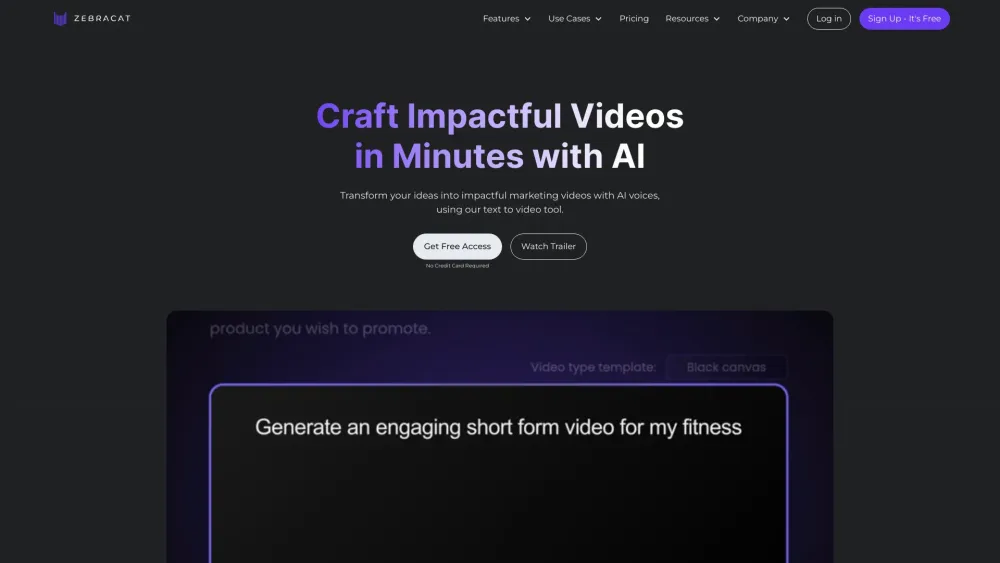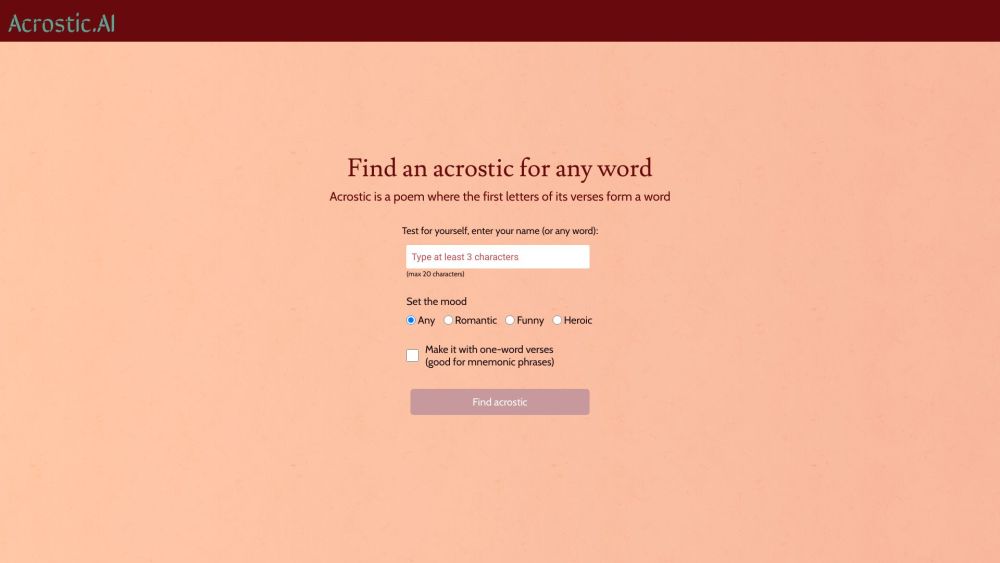SewerAI Harnesses AI Technology to Detect Defects in Sewer Pipes
Most people like

In today's digital landscape, effective marketing demands captivating visuals that resonate with audiences. AI-powered marketing video creation streamlines the process of producing high-quality content, enabling brands to engage viewers more effectively. By leveraging sophisticated algorithms and machine learning, businesses can now create tailored videos that not only capture attention but also drive conversions. Explore how AI technology transforms video marketing into a dynamic tool for brand growth and audience connection.

Discover the creative world of an AI-powered acrostic poem generator, where each letter inspires a unique line of poetry. Unleash your imagination and let artificial intelligence craft personalized acrostics that resonate with your themes and emotions. Perfect for poetry enthusiasts, educators, and anyone looking to add a lyrical touch to their writing, this innovative tool transforms simple words into beautiful expressions. Experience the magic of poetry creation at your fingertips!

AI Video Tools for Influencers: Elevate Your Content Creation
As an influencer, capturing your audience's attention is critical in today's fast-paced digital landscape. AI video tools empower you to enhance your content effortlessly, allowing for more dynamic storytelling and engaging visuals. With the right AI technology at your disposal, you can streamline the video production process and create high-quality, eye-catching videos that resonate with your followers. Discover how these innovative tools can transform your content strategy and boost engagement across platforms.
Find AI tools in YBX
Related Articles
Refresh Articles

